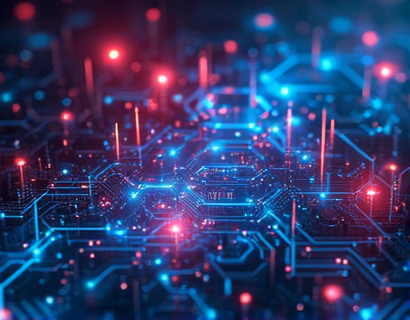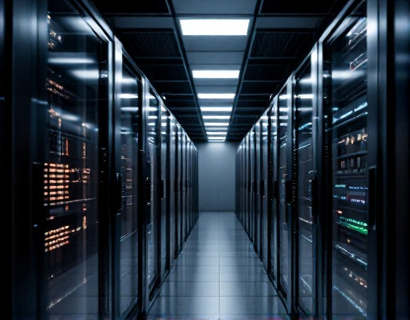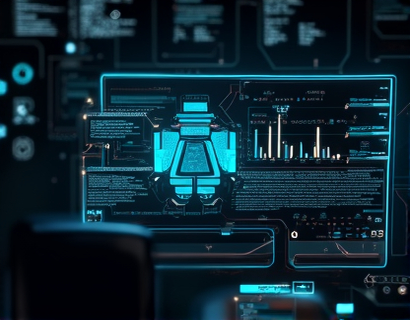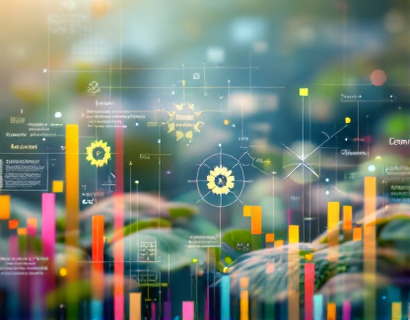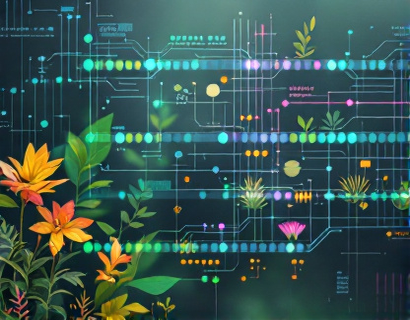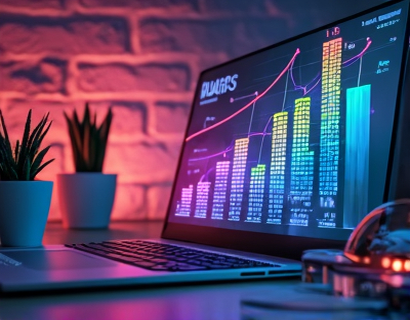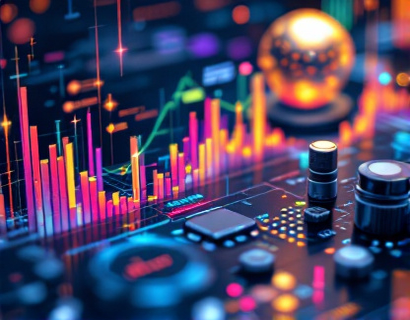Empowering Next-Gen Productivity with AI and Crypto: A New Era of Digital Solutions
The intersection of artificial intelligence (AI) and cryptocurrency is giving rise to a new wave of innovative digital solutions that promise to revolutionize productivity and workflow management. This fusion is not just a technological curiosity but a practical approach to enhancing efficiency and streamlining tasks for tech innovators and early adopters. As we delve into this exciting space, it's essential to understand how these technologies complement each other and what this means for the future of digital productivity.
The integration of AI and cryptocurrency is creating a robust ecosystem where data security, transparency, and automation converge. AI algorithms can process vast amounts of data to optimize cryptocurrency transactions, predict market trends, and enhance smart contract functionalities. Conversely, the decentralized and secure nature of blockchain technology provides an ideal environment for AI models to operate without the risk of data breaches or manipulation. This synergy is paving the way for next-generation applications that are more secure, efficient, and user-friendly.
Enhancing Data Security with Blockchain and AI
One of the most significant advantages of combining AI and cryptocurrency is the enhanced data security it offers. Blockchain technology, by its design, ensures that once data is recorded, it cannot be altered without consensus from the network. AI can further bolster this security by detecting and mitigating potential threats in real-time. Machine learning algorithms can analyze patterns in transaction data to identify anomalies and prevent fraudulent activities. This dual-layer security is crucial for businesses and individuals who handle sensitive information and require robust protection mechanisms.
Moreover, AI can improve the scalability and efficiency of blockchain networks. Traditional blockchain systems often face issues with transaction processing speed and scalability. AI-driven solutions can optimize these processes by predicting network congestion, adjusting consensus mechanisms dynamically, and automating routine tasks. This results in faster transaction times and lower fees, making blockchain technology more accessible and practical for everyday use.
Automating Routine Tasks with Smart Contracts and AI
Smart contracts, self-executing contracts with the terms directly written into code, are a cornerstone of blockchain technology. When combined with AI, these contracts can become even more powerful and versatile. AI can analyze complex scenarios and execute smart contracts based on predefined conditions, reducing the need for intermediaries and manual interventions. This automation not only speeds up processes but also minimizes human errors and costs.
For instance, in supply chain management, AI can monitor and analyze data from various sources to trigger smart contracts when specific conditions are met, such as the arrival of goods or payment receipts. This ensures a seamless and transparent flow of operations, enhancing overall efficiency and trust among parties involved. Similarly, in the realm of finance, AI-driven smart contracts can automate trading strategies, execute trades at optimal times, and manage risk exposure, providing a more dynamic and responsive investment experience.
Personalized Productivity Tools with AI and Crypto
The fusion of AI and cryptocurrency is also giving birth to personalized productivity tools that adapt to individual user needs. These tools leverage AI to understand user behavior, preferences, and work patterns, providing tailored recommendations and automating repetitive tasks. For example, AI-powered virtual assistants can manage schedules, prioritize tasks, and even predict potential bottlenecks in a project, ensuring that users stay focused and productive.
Cryptocurrency plays a role here by enabling these tools to operate on a decentralized and secure platform. User data and preferences can be stored on a blockchain, ensuring privacy and control over personal information. Transactions within these productivity tools can be conducted using cryptocurrencies, eliminating the need for intermediaries and reducing transaction costs. This creates a more user-centric and efficient ecosystem where productivity tools are not just tools but integral parts of a user's digital life.
Decentralized Marketplaces and AI-Enhanced Trading
Decentralized marketplaces, powered by blockchain and enhanced by AI, are transforming the way we buy, sell, and trade assets. These platforms remove the need for central authorities, reducing fees and increasing transparency. AI algorithms can analyze market data, predict trends, and provide insights to traders, making the trading process more informed and less risky. This is particularly beneficial in the cryptocurrency market, where volatility is high and timely decisions can lead to significant gains or losses.
AI can also facilitate the creation of more efficient and fair trading environments. For example, AI-driven bots can execute trades based on complex strategies, operate 24/7 without fatigue, and adapt to changing market conditions in real-time. This not only enhances trading efficiency but also opens up opportunities for retail investors who may not have the expertise or resources to navigate the market manually.
Enhancing User Experience with AI and Crypto
The user experience is a critical factor in the adoption and success of any technology. The combination of AI and cryptocurrency is set to revolutionize how users interact with digital platforms. AI can analyze user interactions and feedback to continuously improve the user interface and functionality of applications. This ensures that the tools remain intuitive, responsive, and aligned with user needs.
Cryptocurrency adds a layer of convenience by enabling seamless and secure transactions within these platforms. Users can purchase, sell, and exchange digital assets without the hassle of traditional financial systems. The use of wallet applications, which are often integrated with AI features, allows users to manage their assets efficiently and securely. This integration not only enhances the user experience but also fosters a more inclusive and accessible digital economy.
Challenges and Considerations
While the potential of AI and cryptocurrency in enhancing productivity is immense, there are several challenges and considerations that need to be addressed. One of the primary concerns is regulatory compliance. The crypto space is still navigating a complex landscape of regulations, and AI-driven solutions must adhere to these rules to operate legally and ethically. Ensuring compliance while maintaining innovation is a delicate balance that requires continuous monitoring and adaptation.
Another challenge is the technical complexity involved in integrating AI and blockchain technologies. Developing robust and scalable solutions requires expertise in both domains, which can be a barrier for some developers and businesses. Education and collaboration within the tech community are essential to overcome these hurdles and foster the growth of this innovative space.
Future Prospects
The future of AI and cryptocurrency in productivity tools is bright, with numerous possibilities on the horizon. As AI algorithms become more advanced, we can expect even more sophisticated and personalized productivity solutions. The integration of other emerging technologies, such as quantum computing and the Internet of Things (IoT), could further enhance the capabilities of these tools, making them more powerful and versatile.
Moreover, the adoption of AI and cryptocurrency in productivity tools is likely to extend beyond the tech-savvy community. As these technologies become more user-friendly and the benefits more apparent, we can expect a broader range of industries and users to embrace these innovations. This widespread adoption will drive further development and refinement, leading to a more efficient and connected digital world.
In conclusion, the fusion of AI and cryptocurrency is not just a technological trend but a transformative force that is reshaping the landscape of digital productivity. By leveraging the strengths of both technologies, we can create a future where tasks are automated, data is secure, and users have unprecedented control and efficiency. As we continue to explore and innovate in this space, the possibilities are endless, and the next generation of digital solutions is just around the corner.




